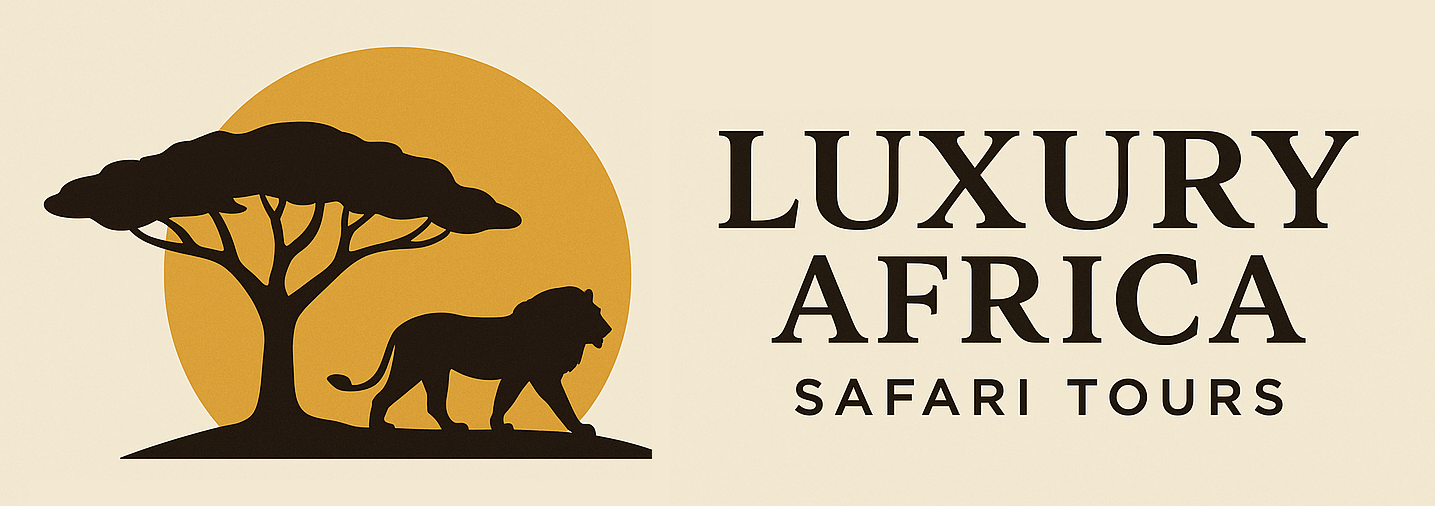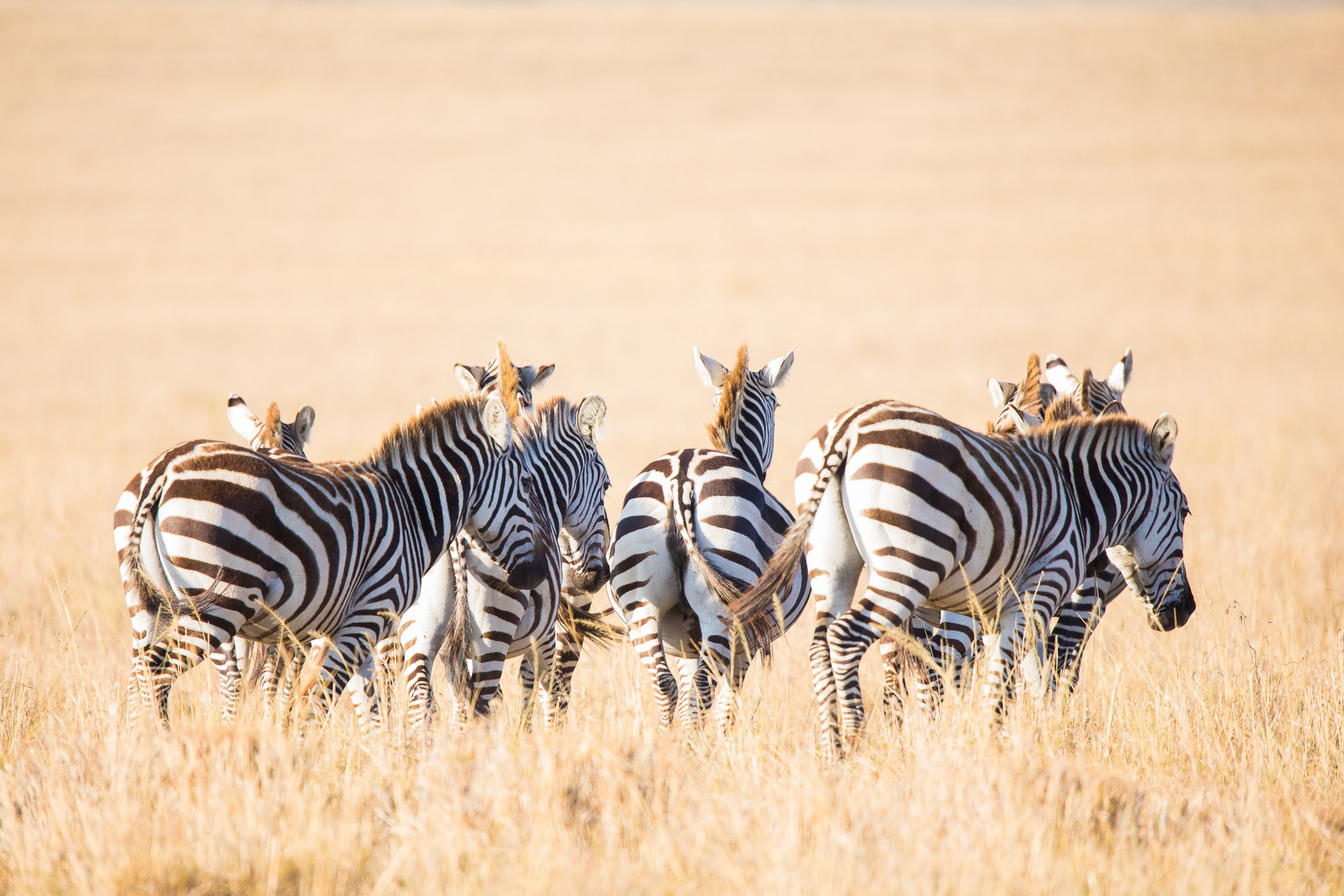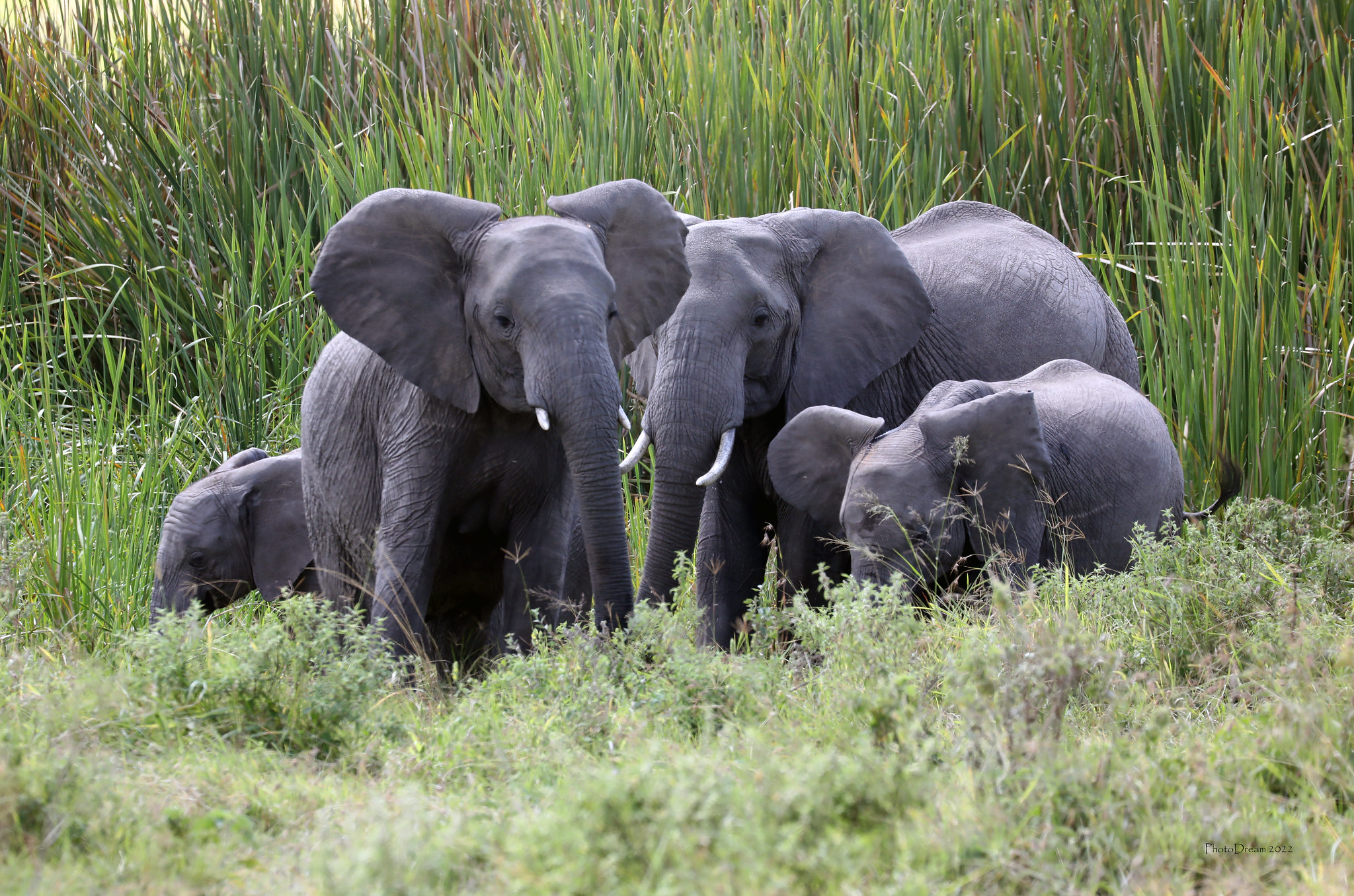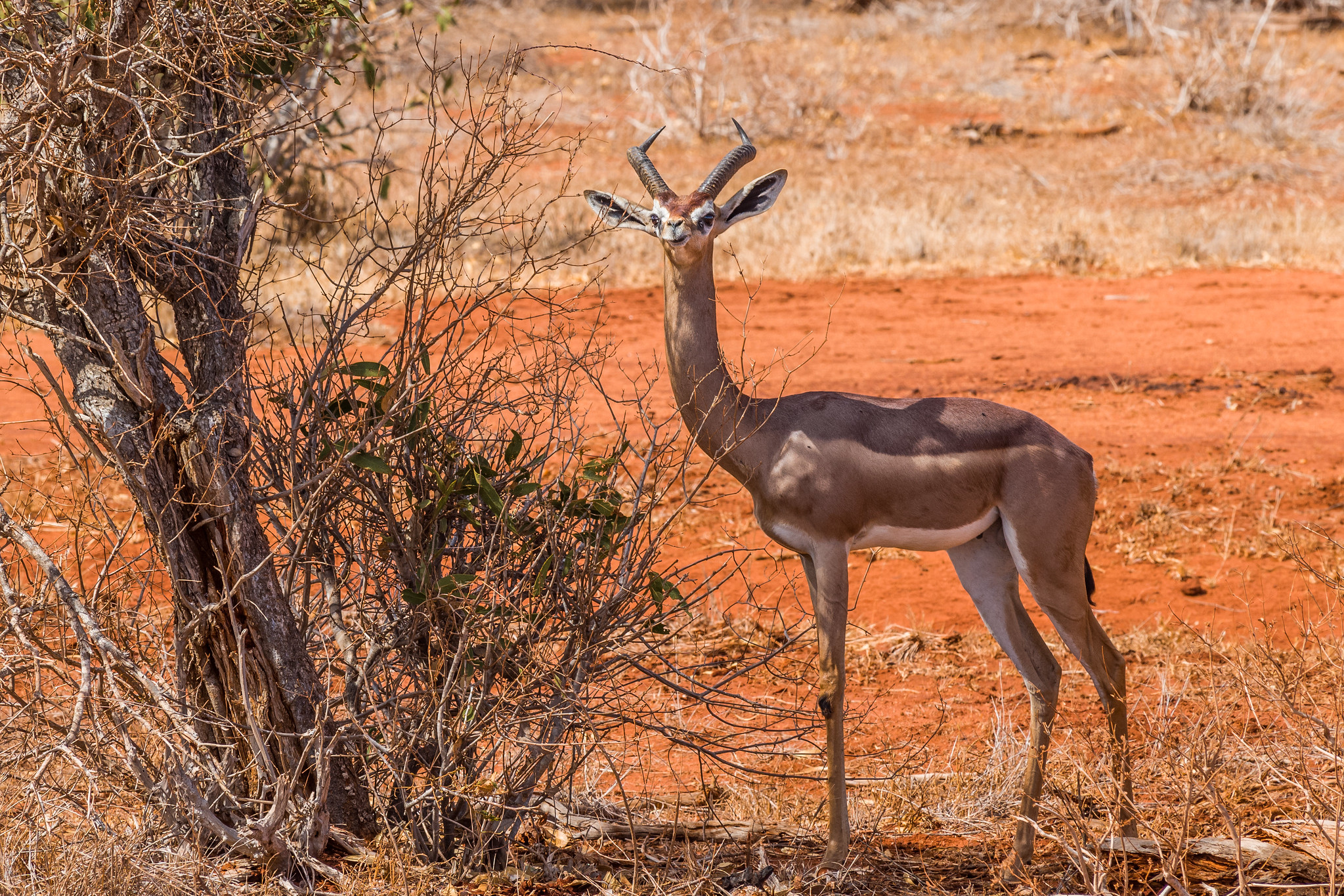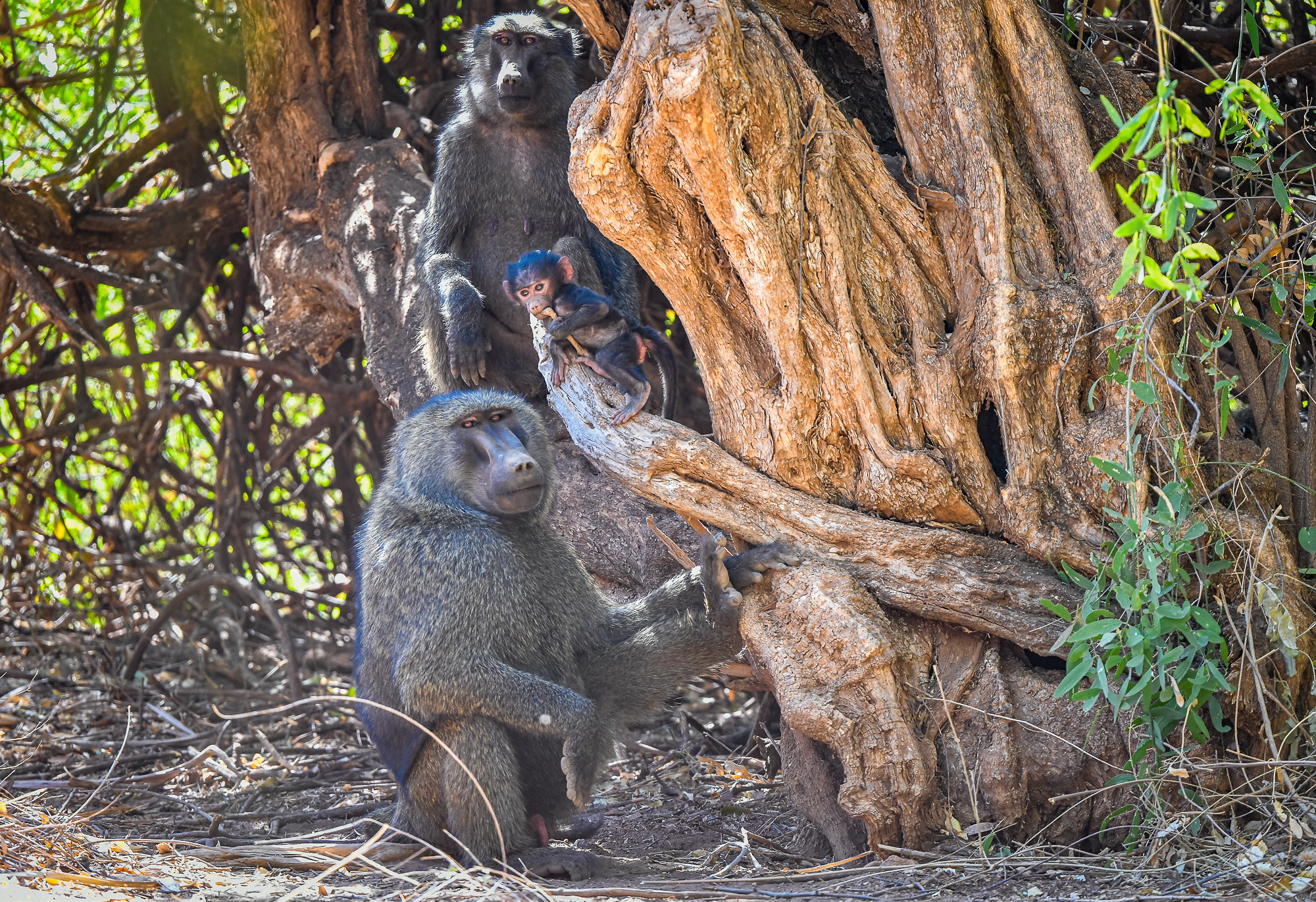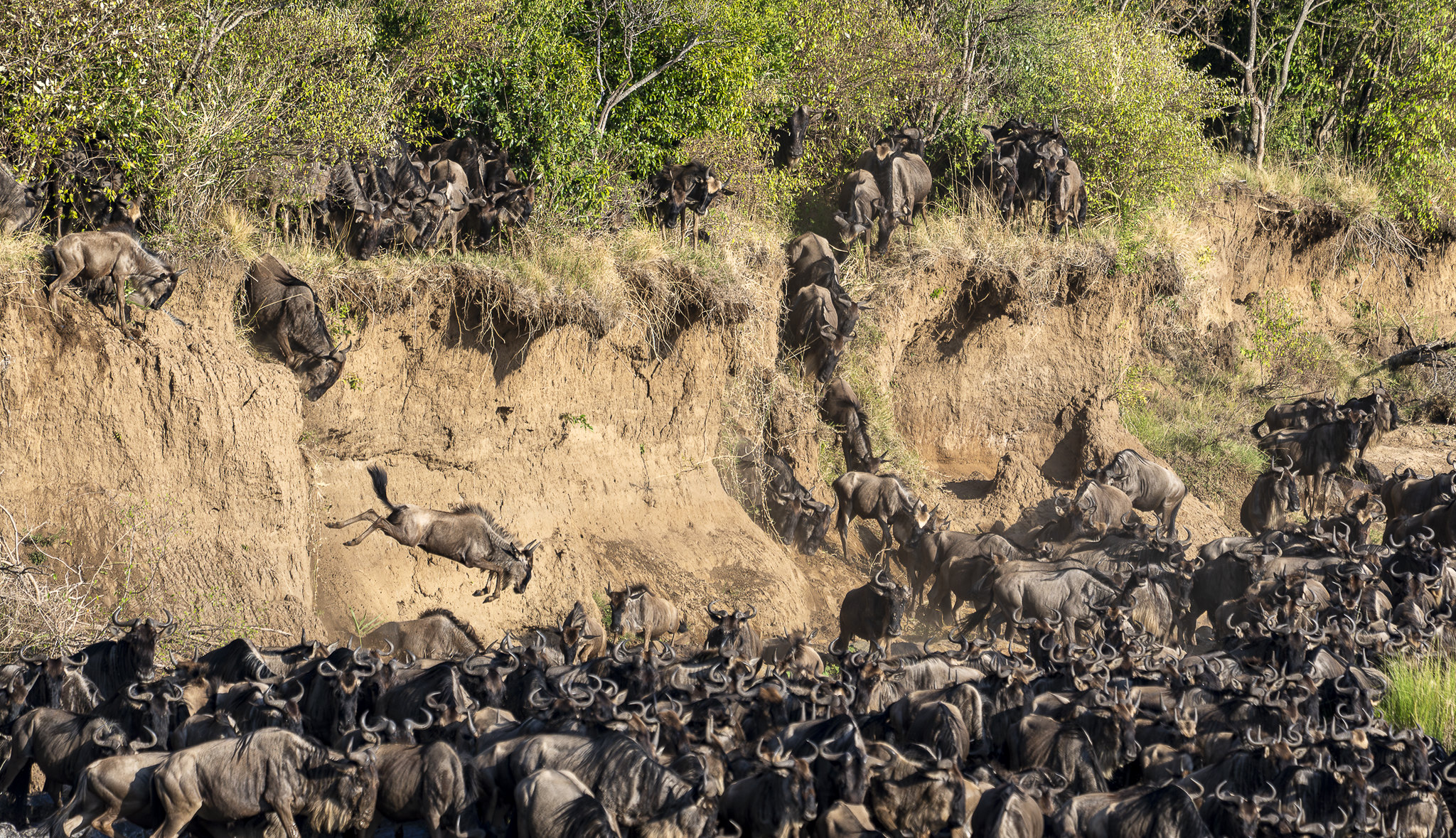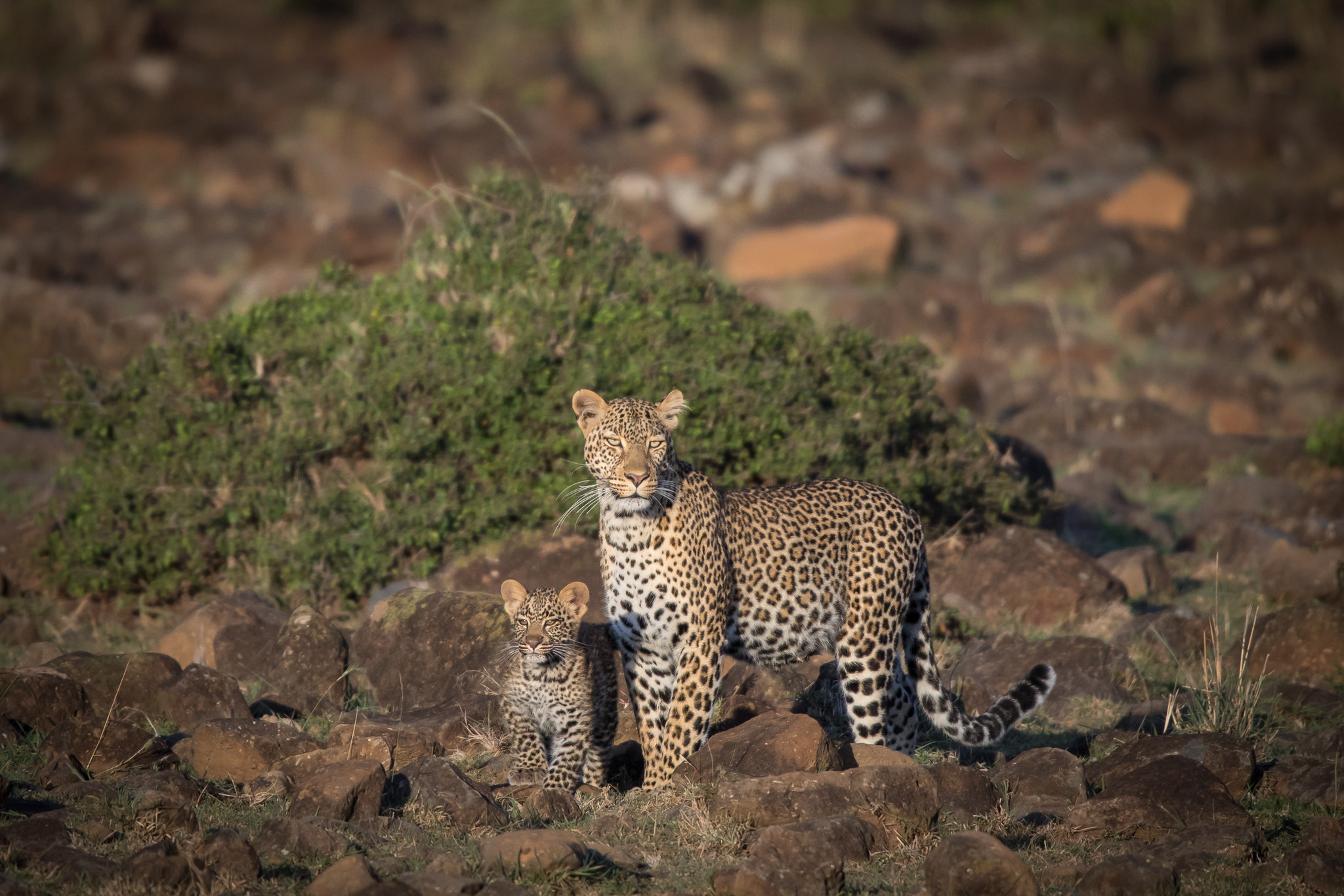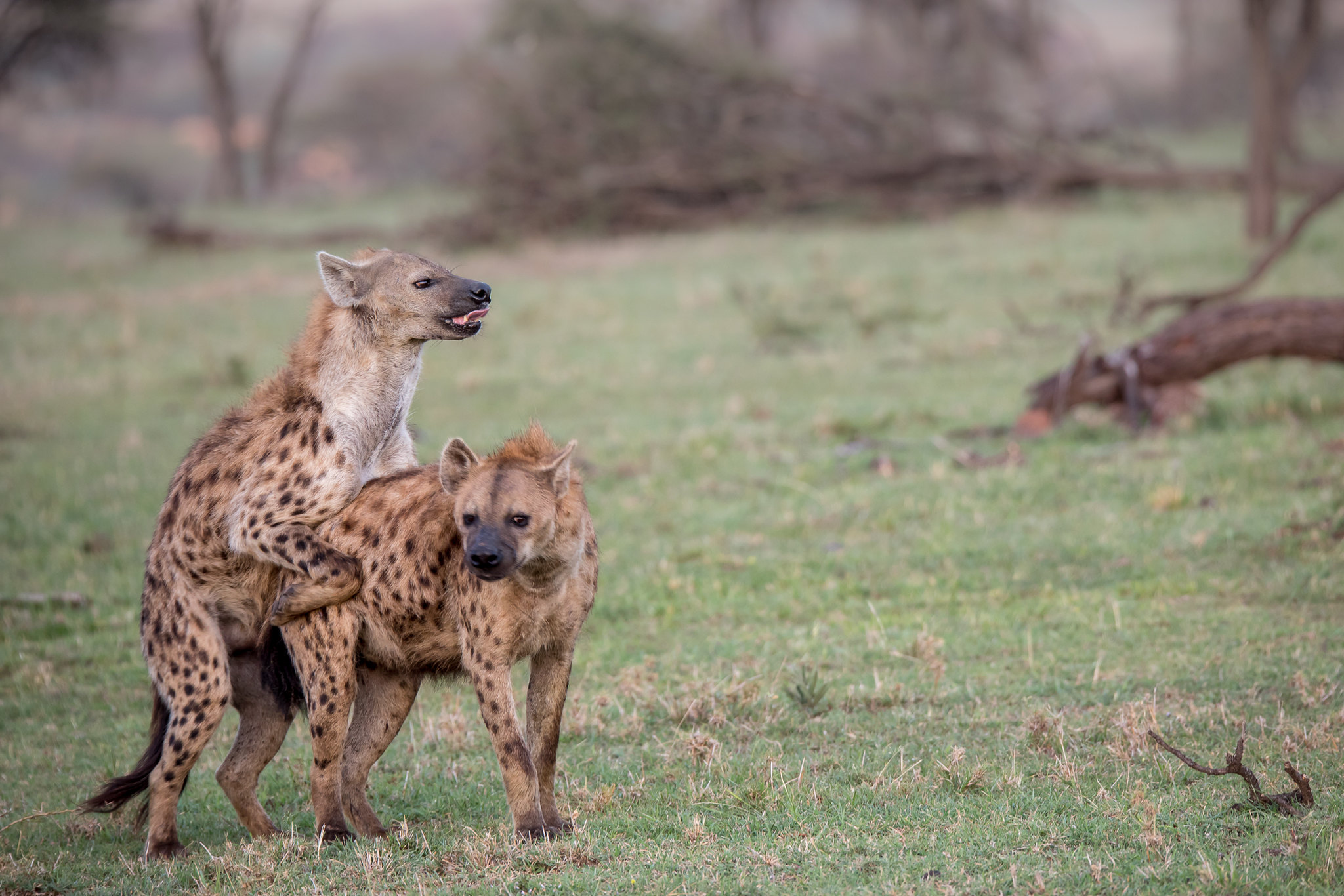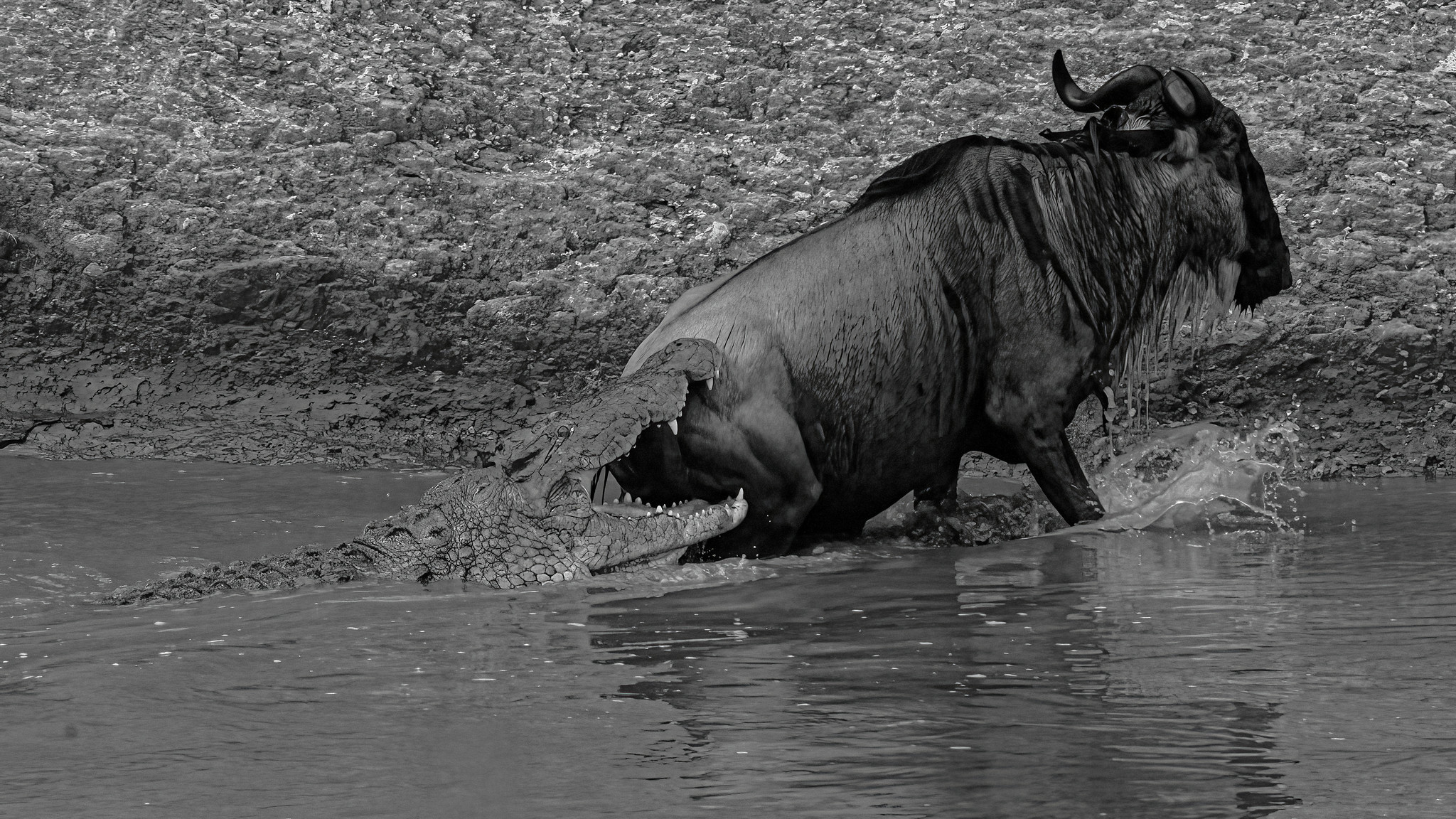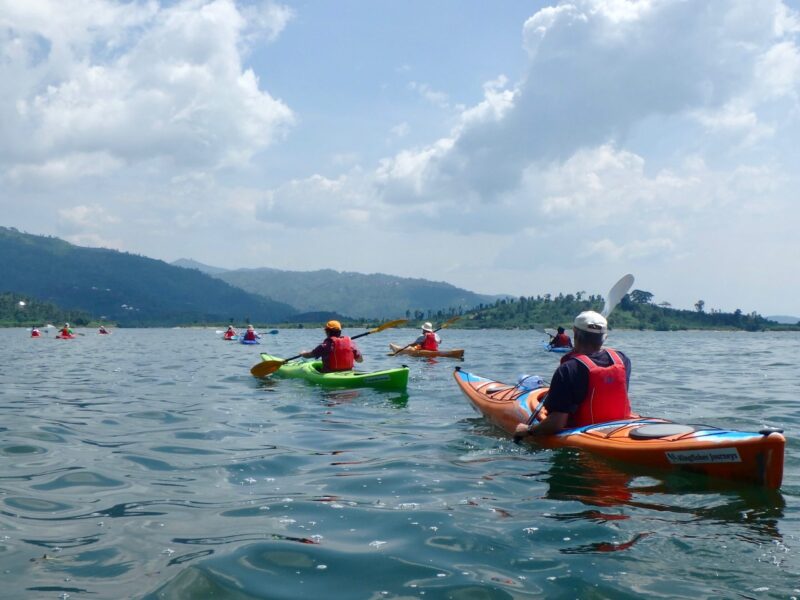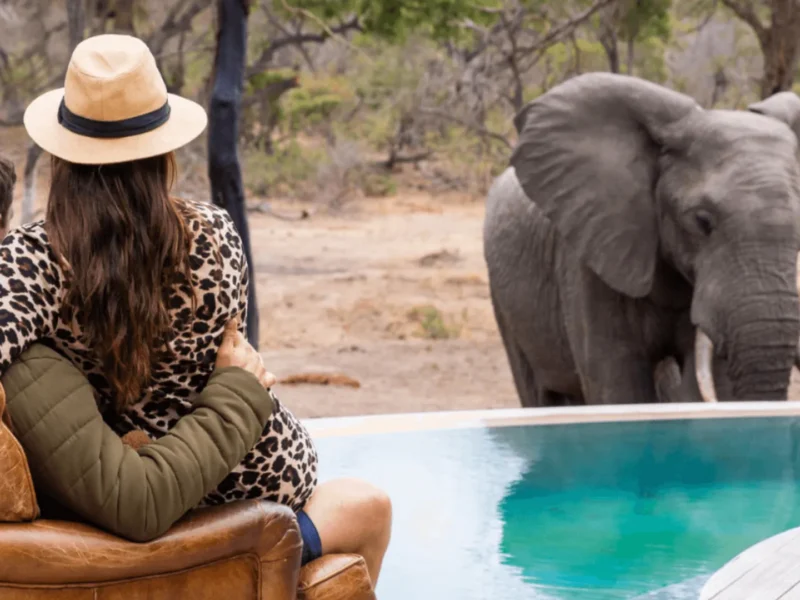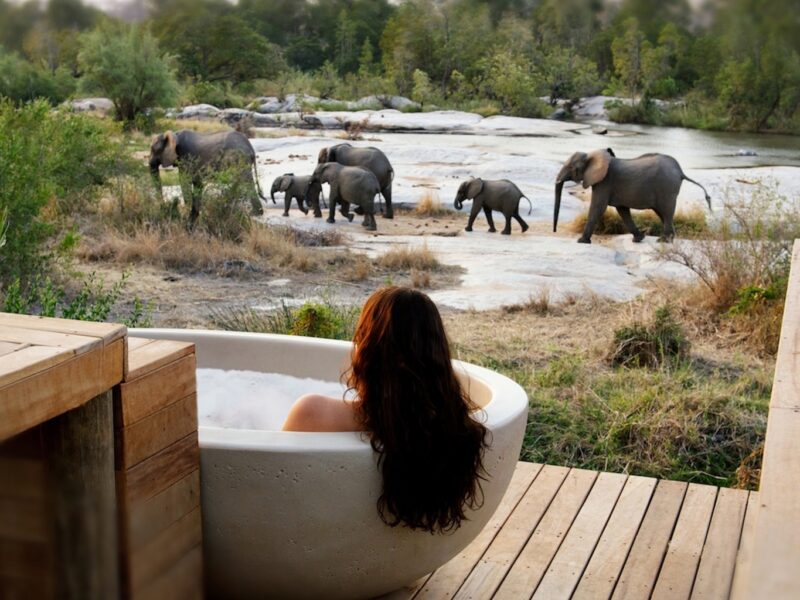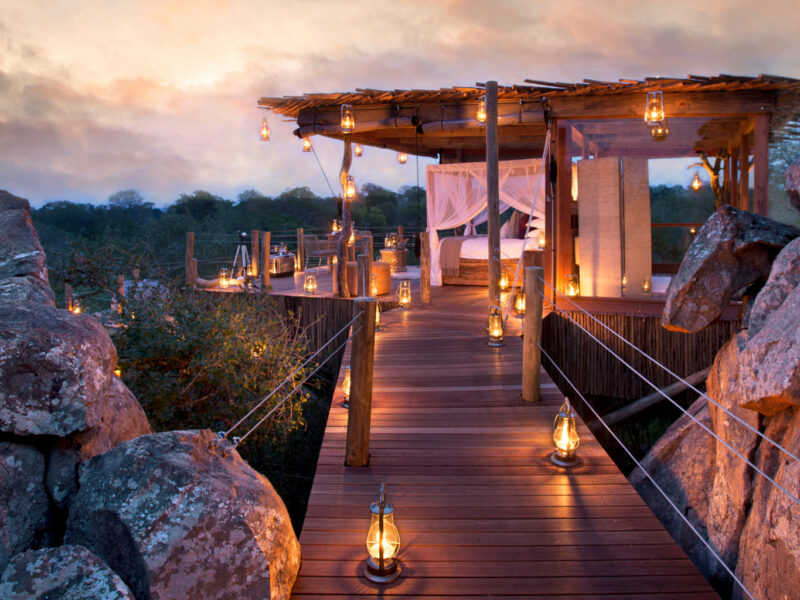When to Visit Kenya: A Month-by-Month Guide
Kenya is a year-round destination, and every month offers its own flavor of adventure. Whether you’re drawn to the pulse of the Great Migration, the soft rains that awaken the bush, or the turquoise calm of the Indian Ocean, there’s always a reason — and a season — to go. This guide takes you through Kenya month by month, capturing the mood, movement, and magic of each one.
January & February – Golden Skies and Prime Game Viewing
These are the heart of the dry season. Days are warm and clear, wildlife is abundant, and vegetation is low, making animals easier to spot. It’s a particularly thrilling time in the Maasai Mara and Amboseli, where lions, cheetahs, and elephants roam freely under crisp blue skies. In February, many animals begin to give birth — especially antelope and zebra — which in turn attracts predators.
The coast is also perfect: calm seas, sunny skies, and ideal conditions for snorkeling, diving, and relaxing on palm-fringed beaches.
Best For: Big game, predator action, clear skies, photography, beach and bush combinations.
March – The Final Dry Days Before the Long Rains
Early March is still part of the dry season, with excellent wildlife viewing and warm weather. But as the month progresses, clouds begin to build and occasional rain showers return. It’s a shoulder month — less crowded, still accessible, and ideal for those who want quieter safaris before the seasons shift.
Best For: Quieter parks, end-of-season safari deals, early coastal rainscapes.
April & May – The Long Rains and a Dramatic Green Rebirth
These are the wettest months of the year, and often considered Kenya’s “low season.” Heavy rains can make roads muddy and some camps close temporarily. But for photographers and adventurous travelers, there’s a rare kind of magic here: stormy skies, emerald landscapes, and intimate moments in nearly empty parks.
Birdlife is exceptional, and newborn animals abound. The coast is quieter and more humid, but still beautiful in between showers.
Best For: Photographers, birders, green season serenity, unbeatable lodge rates.
June – The Calm After the Storm
As the rains taper off, June marks the beginning of Kenya’s second dry season. The bush is lush but drying, and wildlife starts to gather again around shrinking water sources. Fewer tourists and improving conditions make June a great time to visit before peak season pricing begins.
Best For: Fresh landscapes, post-rain clarity, early wildlife build-up.
July – Dry Season in Full Swing, the Migration Begins
July is one of the most iconic months for a Kenyan safari. The dry season is firmly in place, and the first herds of the Great Migration begin arriving in the Maasai Mara. Wildlife is highly concentrated, predator sightings are frequent, and the air feels clean and crisp. Temperatures are cooler, especially at night.
Best For: Beginning of the Great Migration, classic dry-season safaris, dramatic game drives.
August – Peak of the Great Migration
This is Kenya’s blockbuster month. Millions of wildebeest and zebra flood the Mara from Tanzania, and river crossings along the Mara and Talek Rivers bring thrilling — and often heart-wrenching — drama. Game viewing is extraordinary across the country, but especially in the Mara, where predators follow the herds closely.
Expect large crowds and higher prices, but the spectacle is unforgettable.
Best For: Migration river crossings, intense predator-prey action, classic safari.
September – Golden Light and Wildlife in Harmony
September retains all the magic of the migration, but with fewer tourists. The weather is still dry and beautiful, and wildlife viewing remains exceptional. This is a favorite month for seasoned travelers who want the thrill without the crowds. Guides have more flexibility, and sightings often feel more exclusive.
Best For: Balanced safaris, space and solitude, gorgeous weather.
October – A Lush Transition Before the Rains
October is warm, dry, and serene. The migration is winding down, but resident game is still active. Predators linger, and the first hints of green start returning to the plains. It’s a great month for value — excellent game viewing with mid-season pricing and quieter lodges.
The coast begins to warm up, and the ocean calms after the monsoon winds.
Best For: Value safaris, quiet camps, soft light, coastal relaxation.
November – The Quiet Season of Soft Rain and New Life
November brings the short rains, but not in a way that ruins a trip. Showers are usually brief and refreshing, and the bush bursts into life. Many animals give birth, and predators are never far behind. The birdlife is phenomenal as migratory species arrive.
This is an off-peak gem for those seeking green beauty, baby animals, and peaceful safaris.
Best For: Birdwatching, calving season, lush scenery, solitude.
December – Festive, Fresh, and Alive
The rains taper off, and the landscapes are rich and green. Wildlife is active, especially as many young animals are now on their feet. Early December is quiet and ideal for safaris with fewer tourists. By mid-month, the holiday crowd arrives, and the coast becomes lively with beachgoers and festivities.
Kenya in December feels alive — a perfect blend of nature, celebration, and culture.
Best For: Holiday travel, green-season game viewing, beach-and-bush holidays.
